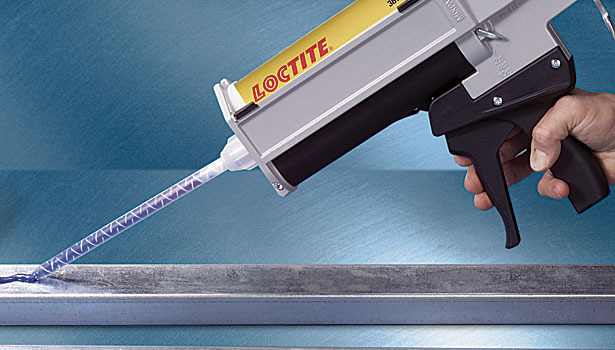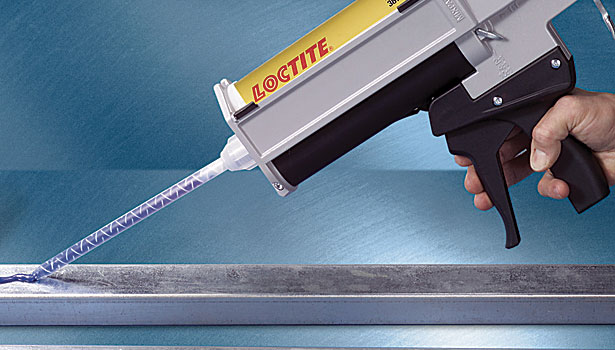While the art of joining metal for all manner of purposes really is as old as the hills, it’s only as of relatively recently that custom adhesives have been brought into widespread use. According to the experts at www.bdk.uk.com, many of the UK’s leading manufacturing brands have turned to bespoke adhesive products somewhat exclusively as convenient and effective replacements for conventional metal bonding practices.
Of course, to those that have been relying on welding and the likes for generations, the idea of making the switch to adhesives can be a bit of a head-scratcher to say the least. After all, traditional metal joining processes have proved more than effective enough for decades on end, so what’s there to gain from making a radical shift?

Here’s a quick look at the primary benefits associated with using custom adhesives to join metals:
1 – Join Dissimilar Metals
More often than not, conventional metal joining processes have only proved effective when the two metals to be joined were either very similar or at least had similar melting points. However, when joining metals with the use of modern adhesives, there’s no need whatsoever for the metals to be in any way similar as the adhesives can be made to create strong bonds regardless of melting points.
2 – Better Efficiency
The use of adhesives as an alternative to traditional welding practices not only calls for the use of considerably less equipment, but exponentially less energy in order to facilitate the process. With no heating of the metals being required and little to no heavy machinery, overall efficiency of output and cost effectiveness are improved enormously.
3 – Eliminates Secondary Finishing
More often than not, in order for welded metals to be made to look presentable, the joined areas and the surrounding surfaces need to be sanded, grinded down or painted. In addition, it’s common for the areas in close proximity to where the weld took place to become discoloured in in some way visually distorted – again requiring a secondary finish process. When using adhesives on the other hand, metals that have already been painted and finished can be joined together with incredibly strong bonds with no risk of distortion and no need for secondary finishing.
4 – More Secure Bonds
When joining two pieces of metal with relatively large open surfaces, the adhesive can be used to create a uniquely strong bond that’s spread out across the entire surface to be joined. By contrast, a weld is usually much more localised and therefore can be subjected to much greater pressure, putting the join at risk of failing.
5 – Invisible Bonds
Regardless of how much time and effort is invested in trying to make any given weld look seamless and natural, it’s generally more than apparent that a weld has taken place. However, when using adhesives to join metals together, the join is literally 100% invisible and undetectable.
6 – Bonds and Seals
While a welded joint can be incredibly strong and effective, it doesn’t necessarily create a seal between the two metallic components and therefore leaves open the possibility of corrosion occurring further down the line. By contrast, when the two pieces are joined using an adhesive, the join also acts as a comprehensively secure seal that cannot be penetrated.
7 – Bond Heat Sensitive Materials
Last but not least, it’s always worth bearing in mind that there are certain materials that simply do not respond kindly to the application of the kind of extreme heat associated with welding and traditional joining techniques. As such, when and where these kinds of metals need to be joined in a manner that’s secure and dependable, there’s really no better way of achieving this than with a quality adhesive.
Making the Right Choice
When taking into account the above points, it’s relatively clear that customer adhesives do in many ways represent vastly superior choices for joining metals than standard welding. Of course, the results of the process will be determined almost entirely by the quality of the adhesive being used, which is why it’s of such crucial importance to only ever do business with the market’s leading custom adhesive manufacturers.
Armed with the right adhesive, it’s perfectly possible to increase both output and quality while at the same time bringing operational costs to absolute minimums. And as it costs next to nothing to invest in a trial batch of adhesives to gain an insight into the difference first-hand, there’s really nothing to lose by giving it a go.



